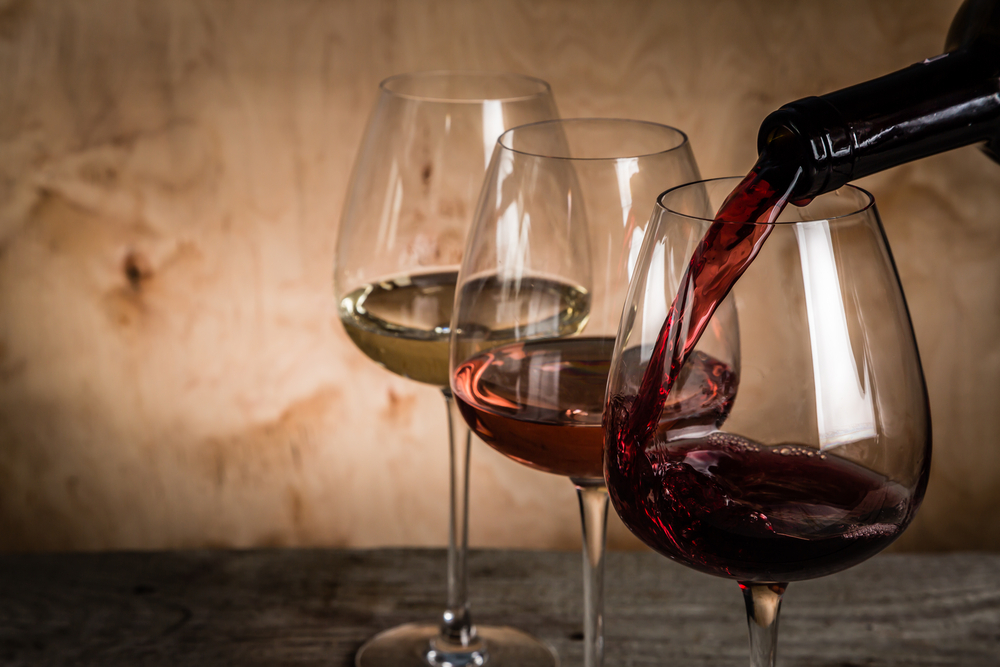For the wine aficionado, drinking wine is an entire experience rather than a simple beverage. In fact, wine can be enjoyed using more than just one of the five senses. Wine tasting is a great way of becoming familiar with the best way to enjoy different wines, although this can be a little daunting to those who haven’t experienced it before.
This is why we’ve put together a guide to the basics of wine tasting so you can familiarise yourself with it for your next wine tasting experience.
Engaging the Senses
When you are tasting wine, it’s not just your taste buds that you are using. In fact, you will need to engage your other senses such as smell and sight. These senses will help you to take the time to take in every element of the wine, making your tasting all the better.
Step 1 – Sight
The first step you take in wine tasting is to really look at the wine in front of you. Take in everything about it from the colour to the opacity. Older white wines tend to have a deeper and richer colour than young wines, developing a golden tint as they age. Red wines on the other hand, tend to clear over time, turning from a deep reddish purple colour to a well defined ruby or garnet colour.
Step 2 – Smell
Smell and taste are closely intertwined, so this is an important step in the process. The language used when talking about this step may be unfamiliar to you, so here are a few terms to get to grips with:
- Wine aroma – refers to the scent that comes from the type of grape used
- Wine bouquet – refers to the scent that is imbued from the winemaking process itself
The term, ‘bouquet’ is more commonly associated with older wines as the winemaking process has been long enough for the wine to have developed scents from fermentation and ageing.
When you smell the wine, you should start by gently swirling it around your glass, allowing the different facets of the wine’s aroma to be released. Then take a sniff inside the glass and take in the aromas. Perhaps you’ll be able to pick up on the leather fragrance in a deep red, or maybe the peach notes in a light white.
Step 3 – Taste
Once you’ve taken in the different elements of the wine based on sight and smell, you can now taste the wine. As you sip the wine, move it around your mouth, allowing every part of your tongue to take the taste in. After swallowing or spitting, pause so you can contemplate the flavour that remains. Again, there is a vocabulary used when discussing the flavours and aromas of wine. These words fall into a number of categories, including:
- Flower – iris, lilac, rose
- Earth – red beet, slate, volcanic rocks
- Spice – thyme, eucalyptus, fennel
- Microbial – mushroom, lager, sourdough
- Citrus – lemon, grapefruit, marmalade
- Vegetable – tomato, grass, bell pepper
- General ageing – leather, tobacco, coffee
It may not come naturally to associate some of these flavours with wine, but with a little practice, you should be able to identify the different elements with a bit more ease.
Wine tasting is a great way of getting to know different wines, helping you to enhance your experience of the drink.
At Bella Cosa, we have an extensive wine menu with bottles from all over the world, and with a wine room, dedicated to private dining, you can truly experience great wine when you dine with us.




